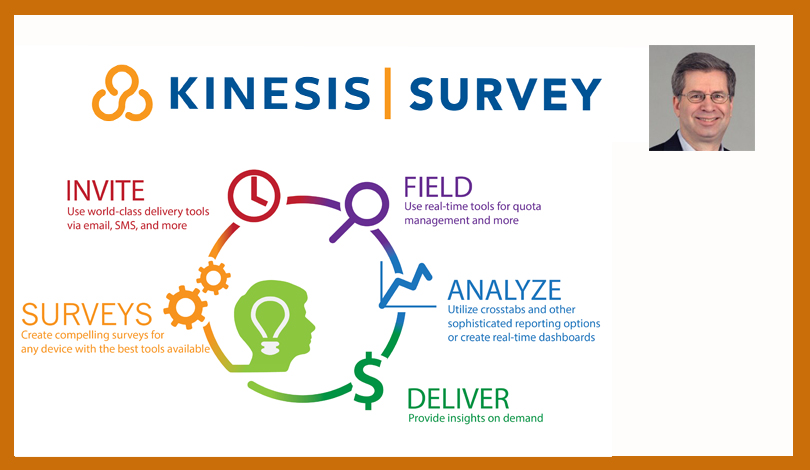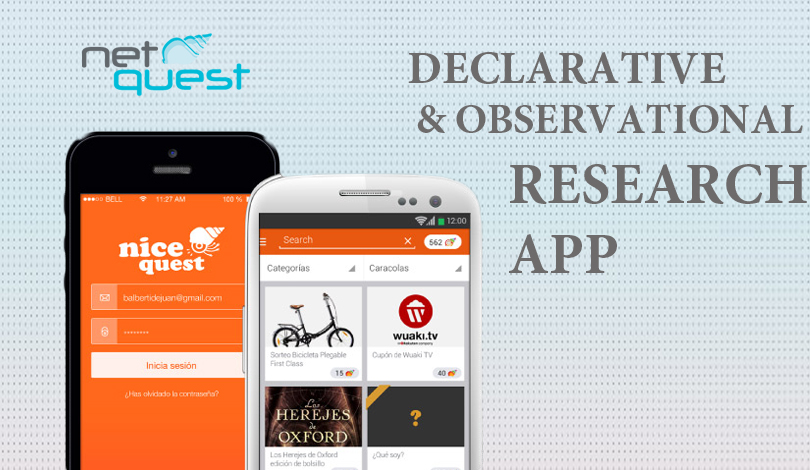SSI B2B inSSItes IDs Top 10 Ways to Attract/Retain Employees: Useful Guidelines to Improve Company Benefits.
It boils down to, “Show me the money,” according to results of a recent survey of 1,158 business professionals by SSI using its B2B inSSItesTM panel. As Cuba Gooding Jr. alluded to in the movie, “Jerry Maguire,” the most important driver of whether someone is interested in a job is salary. For today’s employers what promises to keep employees happy and motivated is money.
Research conducted on SSI’s B2B inSSItes panel identified 10 benefits that matter most to jobseekers. “As the economy and the labor market starts to pick up employers are facing more competition to attract and keep the best talent,” said Paul Johnson, SSI’s director of analytics and the study’s manager. “These results will help employers best position the benefits they offer.”
In fact, total nonfarm payroll employment rose by 288,000, and the unemployment rate fell by 0.4 percentage point to 6.3 percent in April, according to the U.S. Bureau of Labor Statistics last Friday. Employment gains were widespread, led by job growth in professional and business services, retail trade, food services and drinking places, and construction.
“You can’t just ask someone straight out how much monetary value they put on a perk,” explained Johnson, referring to survey methodology. “You need to tease it out of them. So SSI used a technique called ‘conjoint’ and created a game where respondents shop for the perfect job and have to make tradeoffs in their search.” For example, respondents who wanted a strong healthcare plan had to forfeit something else like salary or vacation time.
“During the survey, respondents were able to chose between jobs,” said Johnson. “It was a fun game because they were never turned down for the position. By seeing what benefits people chose, we were able to value each in terms of how much salary they would be willing to give up in order to have the benefit.”
Among the findings:
1. People won’t give up salary to learn new skills on the job. However, they would give up 7 percent of their salary to have a job that lets them use familiar skills rather than risk being out of their depth in a job requiring skills they don’t have.
2. A little business travel is good but not too much. People will give up 3 percent of their salary for the opportunity to travel one to two weeks per year on business, but require 4 percent more money if they have to travel one to two days a week.
3. If companies expect employees to be on call, give employees a mobile phone with a data plan. While having a company phone doesn’t make up for having to respond to client requests outside business hours, adding a complete data plan with the mobile phone is considered a fair trade.
4. Play the home field advantage. It takes a 12 percent raise and good health and retirement benefits to lure someone from the job they already have with a company they know.
5. Don’t expect people to take a pay cut to work from home. People may complain about commuting, but having a 15-30 minute commute is fully 20 percent more desirable than working from home.
6. A bonus isn’t equal to a salary increase and employees know it. People will take only a 4 percent decrease in salary in exchange for a 5 percent bonus — and a 15 percent bonus is only worth 7.5 percent in salary.
7. Investing in retirement plans could be a way to reduce company overhead. Employees are willing to exchange 5.5 percent of salary for a 50 percent match on the first 6 percent of their retirement contributions.
8. Paid vacation is valuable for both company and employee. One week of an employee’s time is worth 1/52 of their salary, but they value an increase from three to four weeks vacation a year at 11 percent of salary — suggesting an opportunity for companies to arbitrage the difference.
9. Invest in a good health plan. Employees were willing to take a 14 percent decrease in pay to get a low deductible health plan with good coverage, or an 8.5 percent decrease for a plan that meets the government minimum standards of health coverage.
10. In the end it is about the money. Increasing or decreasing salary by 15 percent is twice as important as the most important benefit (low-deductible health plan) and four times as important as other tangible benefits (such as 401k matching) or intangible benefits such as being on a management track or the opportunity to be trained on new skills.
There are always other factors and individual circumstances that will be the exception. However, these guidelines will be useful to companies as they review employee benefits and determine what to do to make their company attractive to the labor force. A number of other factors were also tested in the study. Full results are available from SSI.
SSI is the premier global provider of sampling, data collection and data analytic solutions for consumer and business-to-business survey research, reaching respondents in 86 countries via Internet, telephone, mobile/wireless and mixed-access offerings. SSI staff operates from 25 offices in 18 countries, offering CATI, questionnaire design consultation, programming and hosting, online custom reporting and data processing. SSI’s 3,300 employees serve more than 3,000 clients worldwide. Visit SSI at www.surveysampling.com.












